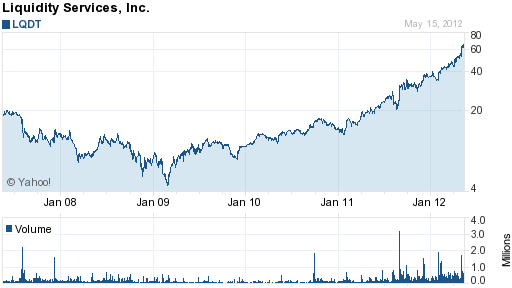It are days like today that make me appreciate the beauty of holding 86% cash.
While some interesting targets of opportunities have traded down in the recent two weeks, I still believe that we have further to go. Sufficient amounts of volatility and fear just still aren’t there yet, which makes me think that we will continue to see more price depreciation.
I was able to spend a couple hours yesterday doing some genuine random research. This random research consisted of typing in random characters on the keyboard for ticker symbols and then doing cursory scans of the subsequent company. It usually takes a couple minutes to decide whether detailed research is required or whether I move onto the next symbol. The one company I did some extensive due diligence on unfortunately I had to reject at current valuations, but will keep it on the watchlist in case if there is subsequent depreciation. It was a Canadian firm based in Quebec that had roughly a $100 million market capitalization.
Normally I do some pre-screening with certain criteria (market cap, volume, etc.) but I just felt like doing random research. Sometimes I do pick up needles in the haystack doing this method. The expected return is proportional to the amount of quality time put into the process, but just like a lottery you never know when you will get a payoff.



